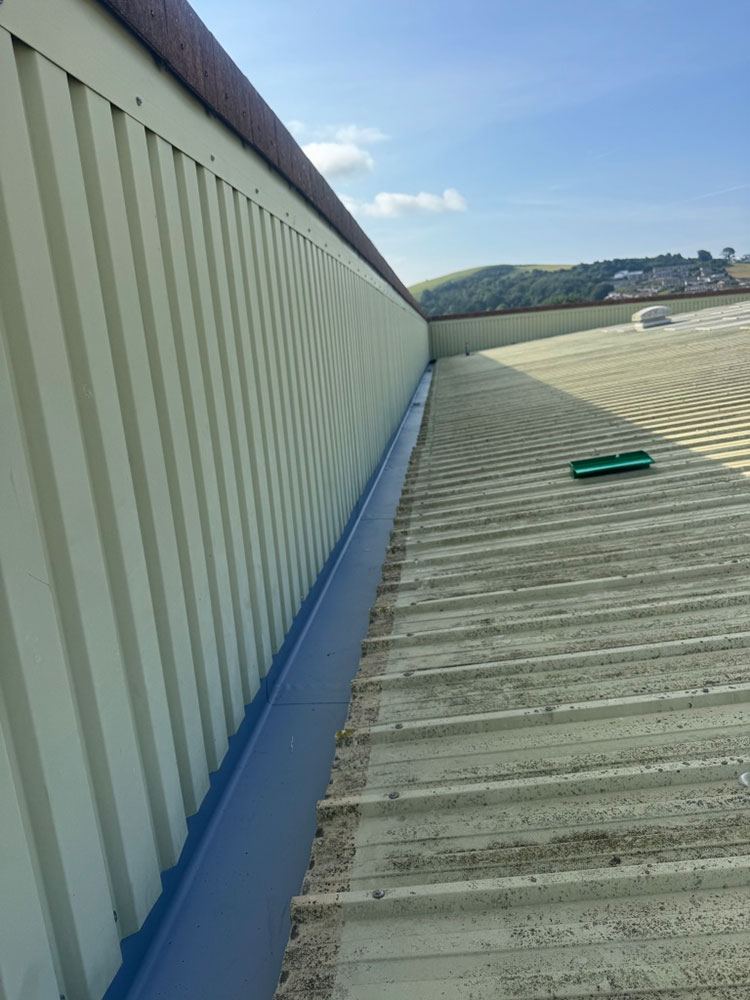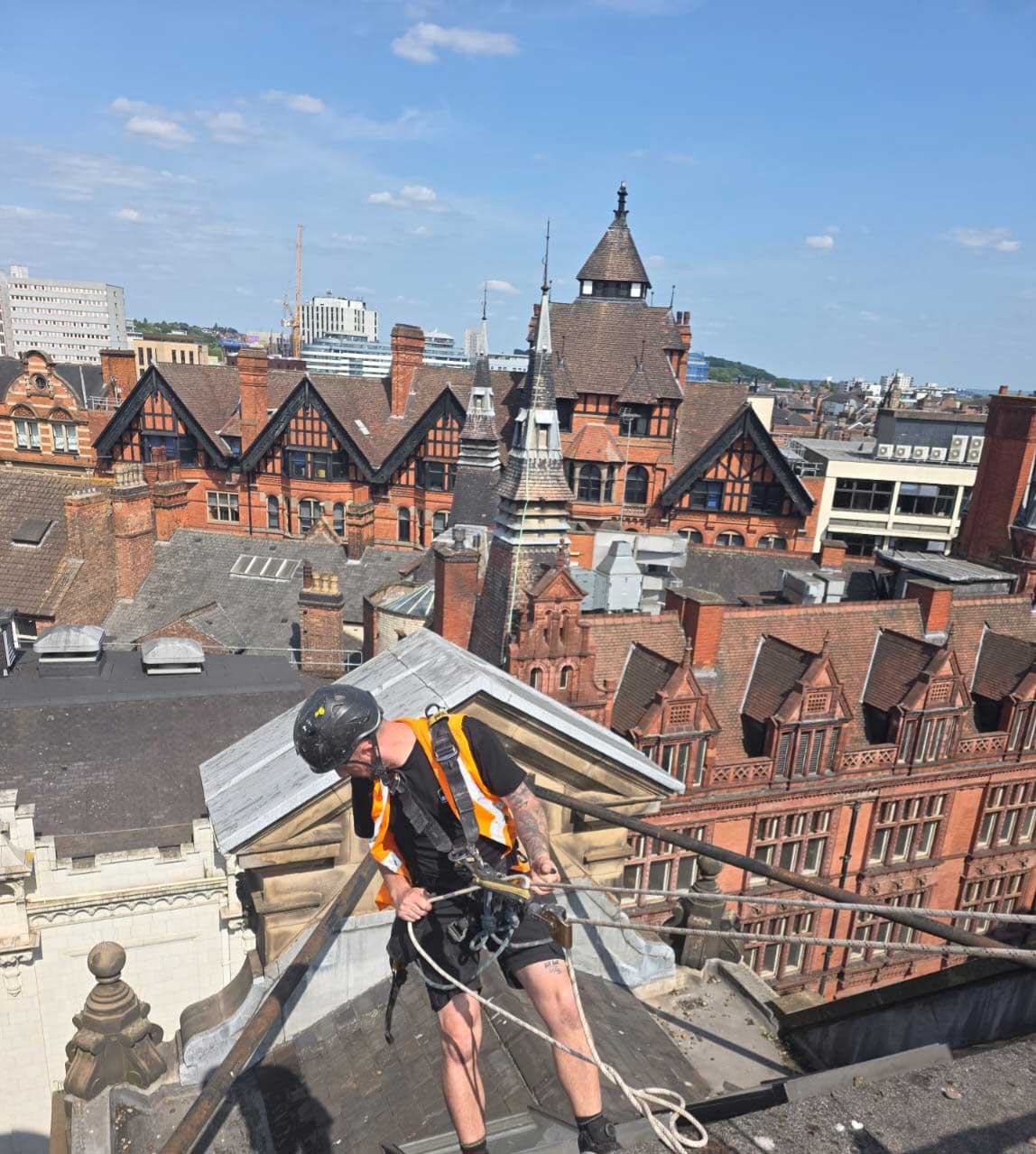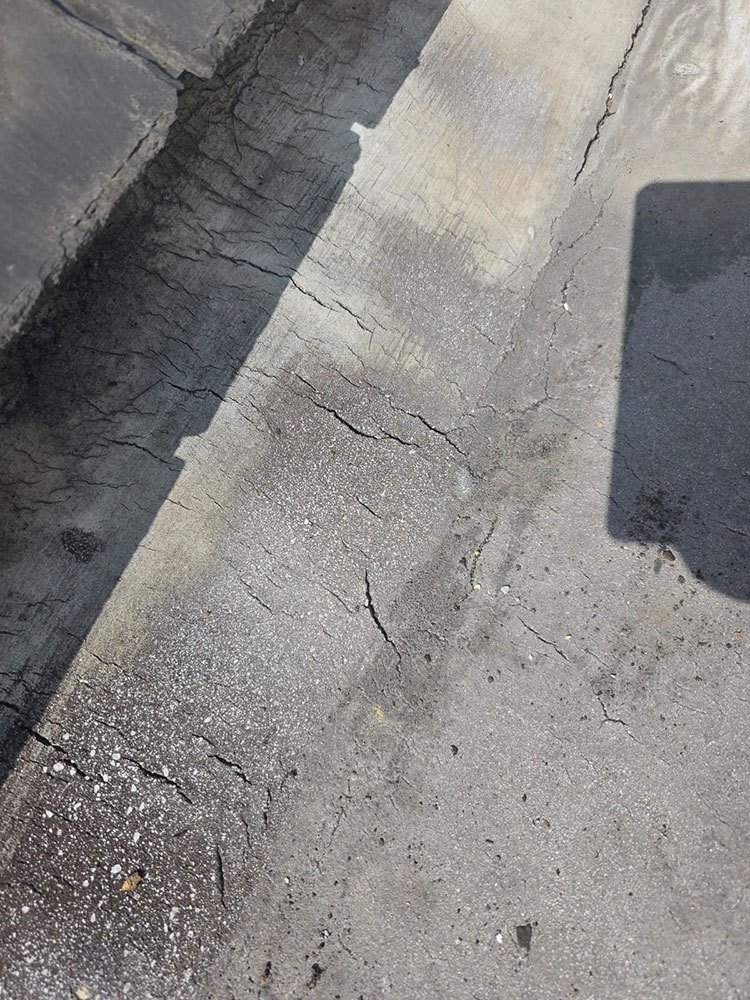
Sustainability is no longer a niche consideration — it’s a core business strategy. Across the UK, commercial property owners are increasingly looking for ways to reduce their environmental footprint, improve energy efficiency, and meet growing regulatory and stakeholder expectations around climate responsibility. One solution gaining momentum is the green roof.
A green roof, or living roof, integrates vegetation into the roofing system. It can be as simple as a lightweight sedum blanket or as complex as a fully accessible rooftop garden. While traditionally associated with high-profile eco-builds, green roofs are now entering the mainstream — including in warehouses, retail outlets, and office blocks.
RMLFS has been at the forefront of helping UK businesses evaluate, install, and maintain roofing systems that meet both operational and sustainability goals. In this article, we explore the benefits, challenges, and UK standards governing green roofs for commercial properties.
Why Green Roofs Are Rising in UK Commercial Design
Several factors are driving adoption:
-
Corporate sustainability targets – Businesses are under pressure to publish Environmental, Social, and Governance (ESG) reports, where green roofs can be a visible and measurable achievement.
-
Planning incentives – Local authorities in cities like London and Sheffield encourage or mandate green roofs in certain developments.
-
Energy efficiency goals – Meeting requirements under the UK Building Regulations Part L for conservation of fuel and power.
-
Climate resilience – Managing stormwater and mitigating urban heat islands.
These drivers align with wider industry and consumer trends toward eco-conscious building design, making green roofs a strategic choice for forward-thinking property managers.
Benefits of Green Roofs for Commercial Properties
1. Environmental Benefits
Stormwater Management
A green roof absorbs and stores rainfall, reducing runoff into drainage systems. This can lower flood risk and, in some cases, reduce water infrastructure charges.
Biodiversity Support
By incorporating native plants, green roofs can create habitats for pollinators, birds, and insects — especially valuable in urban settings where natural green space is limited.
Air Quality Improvement
Vegetation helps filter airborne pollutants, contributing to healthier environments for staff and the surrounding community.
2. Energy Efficiency and Cost Savings
Green roofs act as natural insulation, reducing heat loss in winter and limiting heat gain in summer. This:
-
Lowers energy bills for heating and cooling
-
Contributes to compliance with Part L energy efficiency requirements
-
Reduces strain on HVAC systems, extending their lifespan
3. Extended Roof Lifespan
The vegetation and substrate shield the roof membrane from direct UV exposure, temperature extremes, and mechanical damage. With proper maintenance, this can significantly extend the service life of the waterproofing layer.
4. Corporate Image and Marketability
In a marketplace where sustainability credentials can influence tenants, investors, and customers, a green roof sends a strong message of environmental commitment. For retail properties, an attractive living roof can even enhance the customer experience.
5. Potential for Additional Space
Intensive green roofs — those designed for greater depth of soil and structural capacity — can be transformed into rooftop terraces, meeting spaces, or recreational areas, adding usable square footage without expanding the building’s footprint.
Challenges and Considerations
While the benefits are significant, green roofs require careful planning and ongoing management.
1. Structural Load
Green roofs add weight from soil, plants, and retained water. A structural engineer must confirm that the building can handle the additional load, especially for retrofits.
2. Installation Costs
Initial costs are higher than conventional roofs due to specialised layers (root barriers, drainage systems, growing medium). However, these can be offset over time through energy savings and extended roof life.
3. Maintenance Requirements
Green roofs are not “fit and forget” systems. Even extensive, low-maintenance sedum roofs need:
-
Seasonal inspections
-
Weed control
-
Drainage checks
-
Periodic replanting or fertilisation
4. Plant Selection
Choosing the right vegetation is critical for resilience. Factors include:
-
Local climate and microclimate conditions
-
Wind exposure
-
Drought tolerance
-
Maintenance capacity
5. Fire Safety
Vegetation can dry out and present a fire risk if not maintained. UK fire safety guidelines for green roofs require non-combustible substrate layers and safe separation zones.
UK Standards and Regulations for Green Roofs
BS 8616:2019 – Specification for Green Roofs
This is the key British Standard covering design, installation, and maintenance of green roofs. It sets requirements for:
-
System components (waterproofing, root barriers, drainage layers)
-
Structural considerations
-
Vegetation establishment and performance
-
Maintenance schedules
Building Regulations
Relevant parts include:
-
Part A (Structure) – Ensuring load-bearing capacity for the roof system.
-
Part B (Fire Safety) – Applying fire spread prevention measures.
-
Part L (Energy Efficiency) – Demonstrating thermal performance.
Local Planning Requirements
Some councils require green roofs for certain developments, particularly in urban centres. London’s Urban Greening Factor (UGF) is a notable example, influencing planning approval.
BREEAM and LEED Certification
Green roofs can contribute credits toward BREEAM (UK) or LEED (international) sustainability certification, improving a building’s rating and market appeal.
Types of Green Roof Systems
Extensive Green Roofs
-
Lightweight (60–150 kg/m² saturated)
-
Shallow growing medium (60–200 mm)
-
Low-maintenance plants like sedum and hardy grasses
-
Primarily for environmental benefits, not public access
Intensive Green Roofs
-
Heavier load (180–500+ kg/m² saturated)
-
Deeper soil (200 mm+)
-
Supports shrubs, small trees, and recreational use
-
Higher installation and maintenance requirements
Semi-Intensive Roofs
-
Hybrid approach — moderate soil depth and plant diversity
-
Balance between load, cost, and biodiversity
Best Practices for Successful Green Roof Implementation
-
Early Feasibility Assessment
Engage both roofing specialists and structural engineers during the design phase to determine load capacity and waterproofing integrity. -
Use of High-Quality Waterproofing
The waterproofing membrane must be root-resistant and robust. Retrofitting green roofs over compromised membranes is a false economy. -
Layered System Design
A typical green roof system includes:-
Roof deck
-
Waterproofing/root barrier
-
Protection layer
-
Drainage layer
-
Filter layer
-
Growing medium
-
Vegetation layer
-
-
Professional Installation
Use accredited contractors familiar with BS 8616:2019 to ensure compliance and warranty protection. -
Scheduled Maintenance
Annual or biannual inspections by a qualified roofing professional, such as RMLFS, will keep the roof performing optimally and compliant with insurance or regulatory requirements.
The RMLFS Advantage in Green Roof Solutions
At RMLFS, we combine our expertise in commercial roofing compliance with the latest in sustainable building practices. Our green roof services include:
-
Feasibility and compliance assessments – Aligning designs with UK standards and local planning rules.
-
Specialist installation oversight – Ensuring system integrity from day one.
-
Maintenance and inspection programs – Protecting your investment while meeting insurer and regulatory requirements.
-
Performance monitoring – Helping businesses quantify and report environmental benefits for ESG and marketing purposes.
We work with property owners, architects, and facility managers to deliver green roofs that are both environmentally impactful and operationally practical.
Future Outlook: Green Roofs in the UK Commercial Sector
With the UK’s net zero 2050 target and growing pressure for urban climate adaptation, green roofs will likely become a standard feature of commercial architecture. Advances in lightweight substrates, drought-resistant plant varieties, and integrated solar-green roof hybrids will further broaden their appeal.
For businesses, early adoption not only positions them ahead of regulatory curves but also strengthens brand value in an increasingly eco-conscious market.
Final Thoughts
Green roofs are more than a design trend — they are a multi-layered solution to environmental, operational, and regulatory challenges facing UK commercial property owners. By delivering measurable benefits in stormwater management, biodiversity, energy efficiency, and brand image, they offer a compelling return on investment.
However, success depends on careful planning, compliance with UK standards, and ongoing professional maintenance. With RMLFS as your partner, your green roof can become a lasting asset — supporting both your business performance and your sustainability commitments.
RMLFS: Roofing expertise that goes beyond protection — building a greener, compliant, and future-ready commercial sector.









